Table of Contents
Making mindful diet choices is crucial for individuals with diabetes, and breakfast is no exception. Understanding what cereal is good for people with diabetes is essential to creating a health-conscious, steadily fueled breakfast routine.
At the same time, it’s vital to be aware of the worst cereals for people with diabetes. In other words, it’s better to avoid choices that can raise blood sugar levels.
This guide dives into choosing the right cereals and avoiding the not-so-great ones. It’s all about managing diabetes through smart eating choices.
Let’s take charge of our breakfast routine by exploring diabetes-friendly cereals that promote stable blood sugar levels and overall well-being.
What types of cereal are good for people with diabetes?
Understanding the nuances of cereal selection is key to crafting a diabetes-friendly breakfast. So, what cereal can people with diabetes eat without worrying about blood sugar spikes?
The answers lie in exploring breakfast cereals that support your health and perfectly fit the principles of a healthy diet.
What is the glycemic index?
Finding a healthy cereal for diabetes involves carefully considering the cereal’s glycemic index (GI). The glycemic index measures how quickly a particular food raises blood sugar levels. It categorizes foods into three tiers—low, medium, or high glycemic—based on a scale ranging from 0 to 100 (1):
- 0 to 55: Low glycemic index (Low GI)
- 56 to 69: Medium glycemic index (Medium GI)
- 70 to 100: High glycemic index (High GI)
For individuals with diabetes, choosing a low-glycemic cereal ensures a slower, steadier release of glucose into the bloodstream (2). This helps in preventing abrupt spikes that can be challenging for individuals with type 2 diabetes.
Glycemic index of cereal
As previously mentioned, the glycemic index helps us understand how foods affect blood glucose levels, which is a key for managing conditions like diabetes.
Cereals of natural varieties (with whole grains and minimally processed ones) generally have a low glycemic index, typically falling within the lower range (0 to 55).
In contrast, processed cereals often have a higher glycemic index because sugars are added during manufacturing, placing them in the medium to high range (56 to 100).Some commonly consumed cereals may have varying glycemic indexes, including (3):
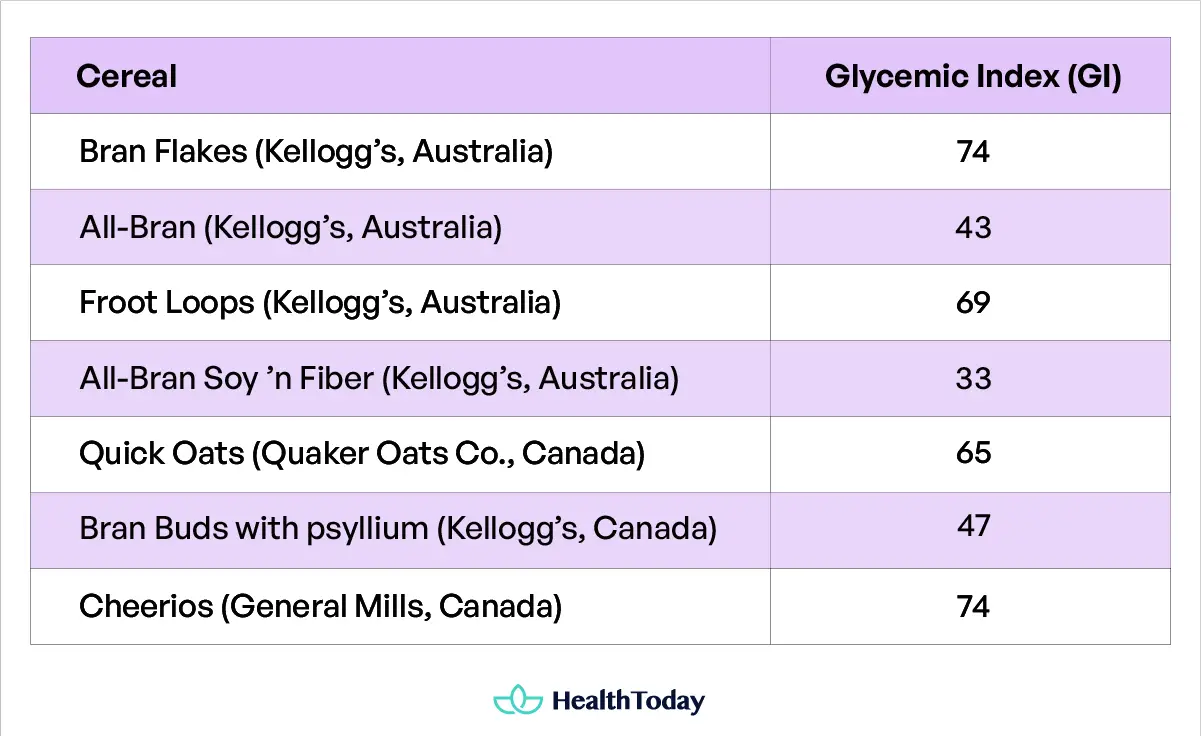
Individuals with diabetes should carefully review nutritional labels to identify added sugars and choose cereals that prioritize whole, unprocessed grains.
Low-glycemic cereal
When choosing a healthy cereal for people with diabetes, consider the cereal’s glycemic index. Natural cereals have a low glycemic index because of their wholesome components.
However, certain processed cereals can also have a low to moderate glycemic index. This includes those that incorporate whole grains like oat bran, barley, bulgur, and other similar ingredients. Here are some examples of low GI cereal (3, 4):
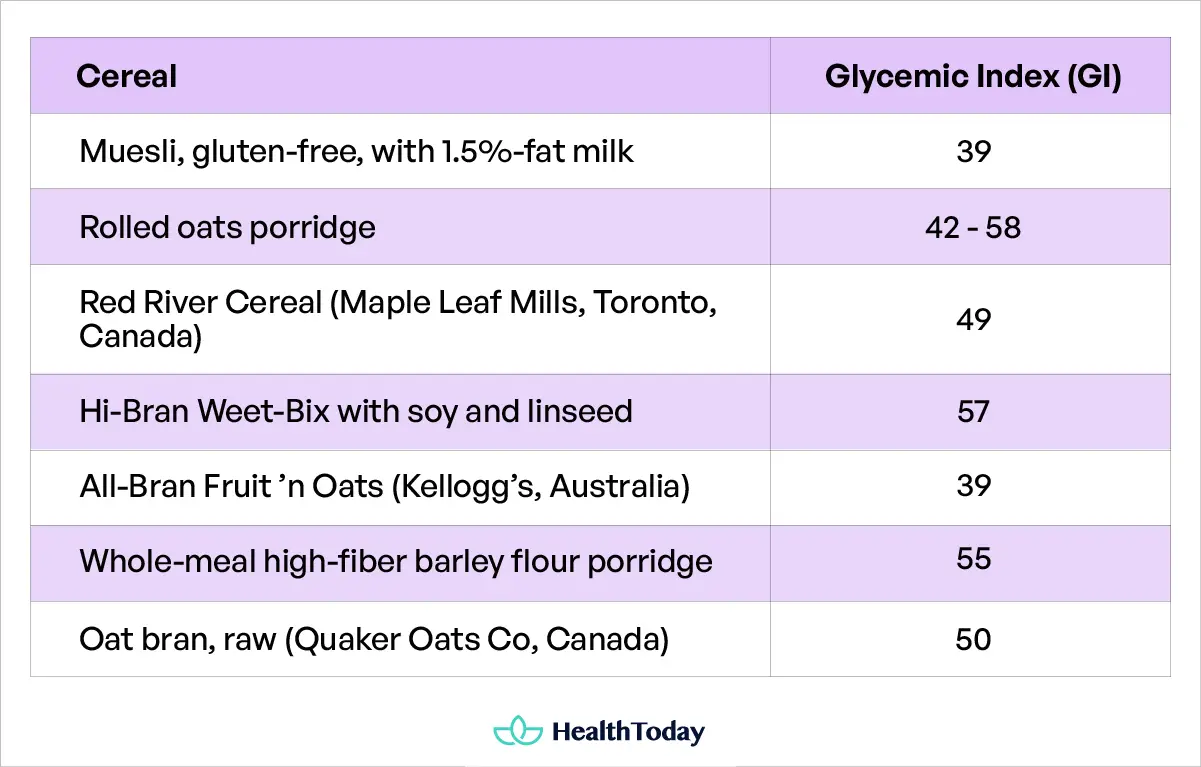
Whole and minimally processed cereals tend to have a lower glycemic index (GI) than highly processed ones.
One study found that barley kernels have a low GI of 49, but barley porridge has a high GI of 112 (5). This is due to the cereals’ production process, which makes the starch more prone to digestive enzymes, leading to a higher GI compared to the kernels (5).
Whole grain cereal for people with diabetes
Whole grains are rich in nutrients and are a great choice for people with diabetes. Cereals with whole grains retain the entire kernel, containing complex carbohydrates, fiber, minerals, and antioxidants (6, 7, 8). Some examples include quinoa and whole wheat.
These nutrients contribute to better blood sugar control with their high fiber content. Fiber slows down digestion and absorption of carbohydrates, leading to a gradual release of glucose into the bloodstream (9), thus preventing abrupt spikes in blood sugar levels.
Whole grain cereals support better blood sugar balance, making them more suitable for people with type 2 diabetes (10, 11). Therefore, when navigating the supermarket aisles, look for labels indicating “whole grain” or “whole wheat” as the primary ingredient.
It is essential to avoid added sugars to maximize nutritional benefits and support a balanced diet for individuals with diabetes.
Incorporating whole grain cereals into breakfast helps manage blood sugar and offers a delicious and satisfying way to start the day on a nutritious note.
When crafting a diabetes-friendly breakfast, it’s important to look for cereals with a low glycemic index (GI) to help maintain stable blood sugar levels. Opt for whole, unprocessed grains to maximize nutritional benefits and effectively manage diabetes. Choosing whole grain cereals labeled “whole grain” or “whole wheat” as the primary ingredient can also be beneficial.

Healthy cereal for people with diabetes
In pursuing a healthy cereal for people with diabetes, focus on options that are not only low in sugar with minimal ingredients but also packed with essential nutrients. Such cereals can contribute to overall well-being while supporting blood sugar management.
Diabetes-friendly breakfast cereal
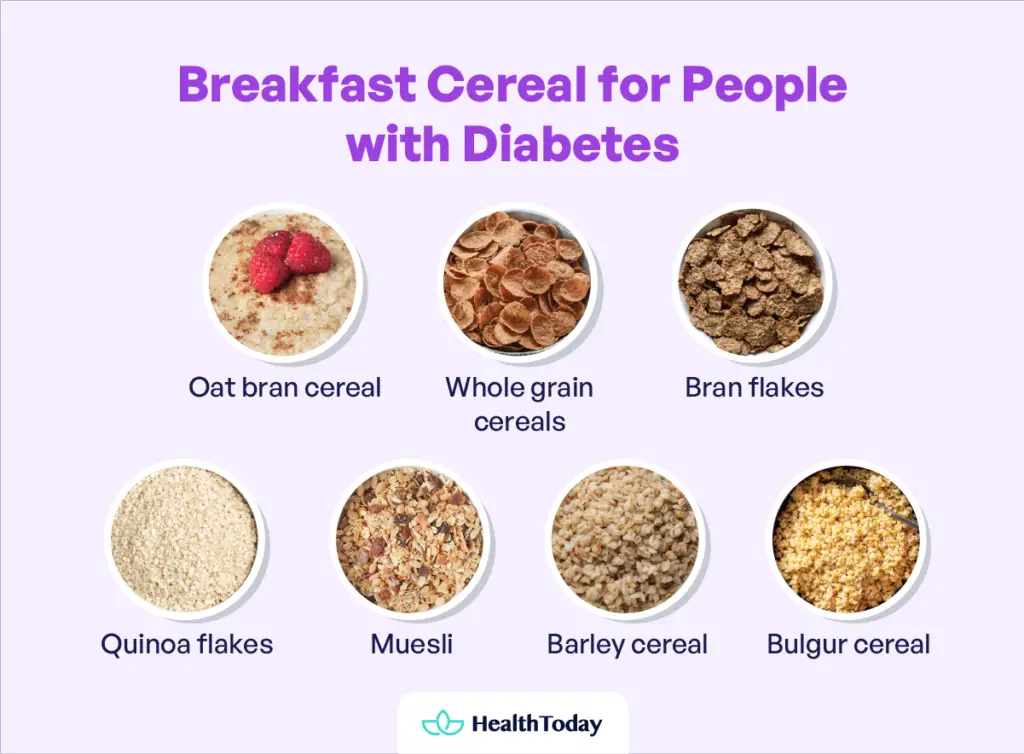

Some of the best breakfast cereals for people with diabetes are:
- Oat bran cereal: Oat bran cereal is recognized for its fiber content, especially beta-glucan. It is a diabetes-friendly option that supports stable blood sugar levels and lower insulin response (12, 13).
- Whole grain cereals: With a relatively low glycemic index and higher fiber content, whole grain cereals offer a familiar and satisfying breakfast option for individuals managing diabetes (14, 15). However, it is important to be cautious about GI indexes.
- Bran flakes: High in fiber and antioxidants, often made from whole grains, bran flakes may contribute to better blood sugar control and provide a wholesome start to the day (16, 17).
- Quinoa flakes: Quinoa is a nutrient-dense alternative that is gluten-free, has a lower glycemic index, and supports digestion, which may be suitable for those with diabetes (18, 19, 20).
- Muesli: Effective in regulating blood glucose levels, muesli offers a balanced and flavorful breakfast choice for individuals with diabetes (21, 22).
- Barley cereal: Incorporating barley into cereal options introduces another whole grain with a low glycemic index and high fiber, contributing to a well-rounded and nutritious breakfast (23, 24).
- Bulgur cereal: As a whole grain alternative, bulgur contributes to a sustained release of energy, aligning with a lower glycemic index (25).
How we prepare cereal also impacts the overall glycemic response and the speed at which our bodies absorb carbohydrates.
Quick or instant flakes, which undergo pre-cooking, tend to have higher GI values than raw flakes (26). Oats microwaved for three minutes showed a lower GI value than those microwaved for five minutes or conventionally heated for seven minutes (27).
Best diabetes-friendly cold cereal
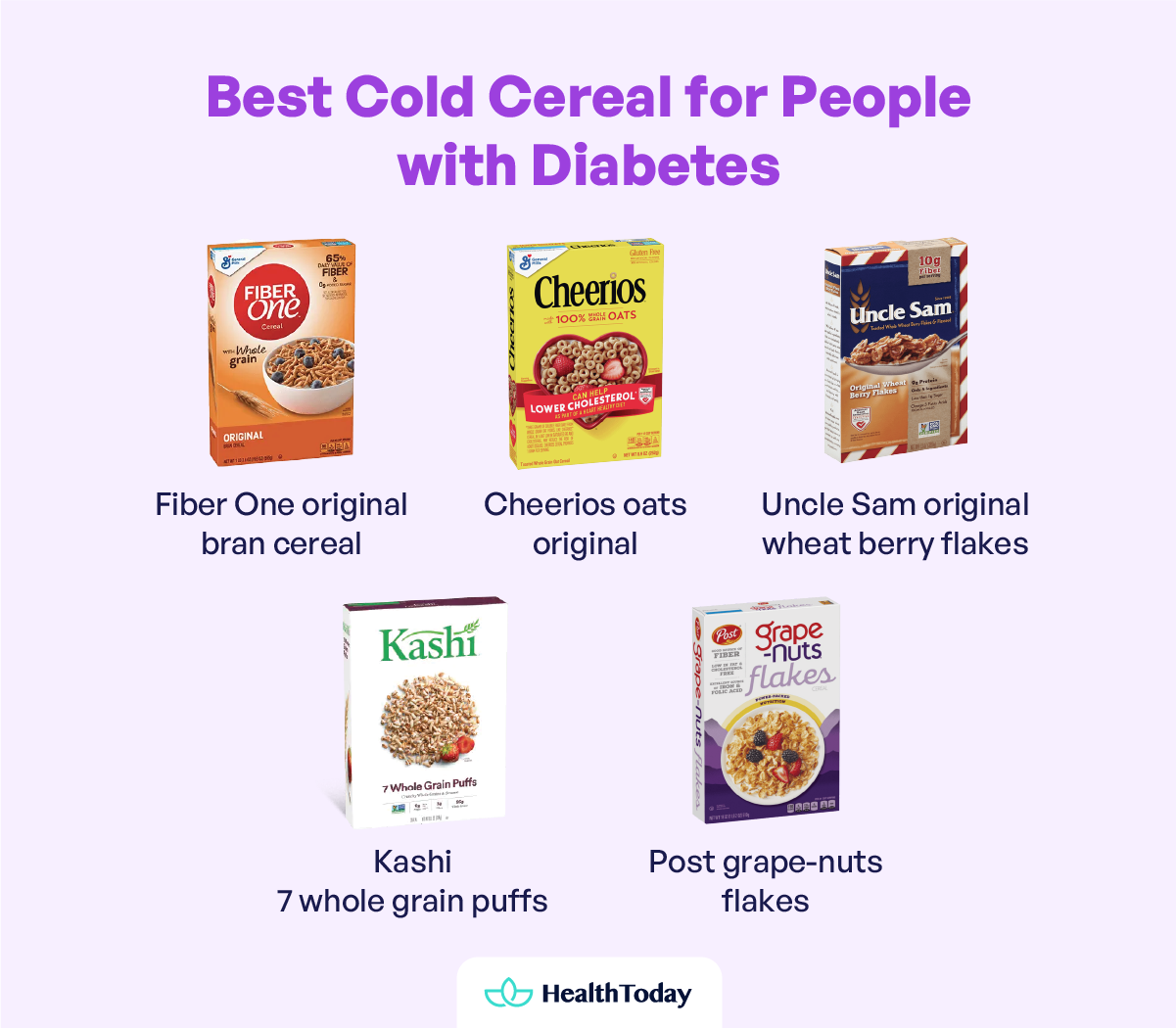

Cold cereals can also be an option for a diabetes-friendly breakfast. Prioritize options using whole grains, as they offer sustained energy and a wealth of essential nutrients.
Choosing cereals with fiber and minimal added sugar is also crucial. Excessive sugar can lead to abrupt spikes in blood glucose levels, while fiber helps slow digestion to maintain steady blood sugar (9).
In exploring cold cereals tailored for those with diabetes, we learned that striking a balance between taste, nutritional content, and impact on glucose levels is important. The following options may be the best cold cereal for people with diabetes:
- Fiber One Original Bran Cereal: Supporting digestive health and offering a satisfying breakfast option, its high fiber and low sugar—less than 1 gram of added sugar per 40 grams—make it a nutritious option for people with diabetes (28).
- Cheerios Oats Original: The combination of low-sugar and wholesome oats is a balanced choice for those with diabetes while offering a gluten-friendly option (29). However, opt for the original version, as flavored varieties contain more sugar, contributing to the overall glycemic index as high as 74 (3).
- Uncle Sam Original Wheat Berry Flakes: With only one gram of sugar per 55 grams (30) and a blend of whole grains, these flakes offer a hearty crunch and essential nutrients, making them a smart choice for those seeking a low-sugar and fulfilling start to their day.
- Kashi 7 Whole Grain Puffs: Packed with wholesome grains and only 0.2 grams of sugar per 19 grams, this cereal is a delicious and nutritious choice (31). For an irresistible treat, consider layering it with yogurt and nuts to create a delightful parfait.
- Post Grape-Nuts: This breakfast cereal is made from whole grain and malted barley. Its sugar content is 5 grams per 58 grams of cereal (32). Grape nuts have a moderate GI of 67 (3).
While these cold cereals offer diabetes-friendly alternatives, you must consider portion sizes. Try pairing them with protein-rich ingredients, such as Greek yogurt or nuts, for a well-rounded and satisfying breakfast.





Can people with diabetes eat cornflakes?
Despite their popularity, cornflakes may not be the best choice for people with diabetes. Cornflakes have a high glycemic index of 81 (3). For this reason, you should be cautious when incorporating cornflakes into your diet, especially if you consume them in large quantities.
However, the overall content of the meal matters. Opting for whole-grain or bran-based cornflakes might be a wiser choice. These varieties generally provide additional fiber and have a lower glycemic index than their refined counterparts (33).
Ultimately, individuals with diabetes should consume cornflakes moderately and be attentive to their overall carbohydrate intake. Consult with a healthcare professional who can provide personalized guidance, considering individual health factors and dietary preferences.
Making informed choices and monitoring how cornflakes affect blood sugar levels can help you strike a balance between enjoying your breakfast and maintaining optimal blood glucose control.
Is shredded wheat good for people with diabetes?
Shredded wheat, in its original and unprocessed form without added sugars, is generally considered a good option for people with diabetes. Its high fiber content is key in blood sugar management (34). The glycemic index of shredded wheat, 67, is considered moderate (35).
However, you should be mindful of the type of shredded wheat you choose. Checking nutrition labels for added sugars and processing details is a smart practice to make informed choices.
Shredded wheat can be a versatile addition to your breakfast routine. In addition, pairing it with protein-rich foods, such as Greek yogurt or nuts, can enhance its nutritional value and contribute to a balanced meal.
For a healthy breakfast that supports diabetes management, prioritize options low in sugar and rich in fiber. Consider whole grain options like oat bran, barley, and quinoa flakes for their fiber content and lower GI. Be mindful of cooking methods and portion sizes to reduce the impact on blood glucose levels. Try pairing them with protein-rich ingredients to promote stable blood sugar levels.





5 worst cereals for people with diabetes
While it’s important to choose the best cereals for people with diabetes, it’s also important to recognize the worst options. In identifying the worst cereals for managing diabetes, we consider factors that can negatively impact blood sugar levels.
Cereals with excessive added sugar and refined carbs are among the unfavorable choices, as they can cause rapid blood sugar spikes.
Varieties like sugary flakes, honey-coated clusters, and fruit-flavored options often fall into this category and you should consume them cautiously.
Here are key examples of cereals that individuals with diabetes should avoid:
- Frosted Flakes and Froot Loops: These contain high amounts of sugar while lacking fiber and nutritional value (36, 37).
- Cocoa Puffs: Their high sugar content and low nutritional value make them another unfavorable choice for diabetics (38).
- Honey Nut Cheerios: Added sugars can impact blood sugar levels. Honey contributes to higher sugar levels, making this cereal less favorable for diabetics (39).
- Granola with added sugars: While granola can be a healthy choice, avoid versions with added sugars (40).
- Raisin Bran (with added sugar): Although it contains the potential benefits of bran and raisins and has a moderate glycemic index, the added sugars make this cereal one of the worst cereals for diabetes (3, 41).
The worst cereals for diabetes typically share a common trait of being high in sugar and low in nutritional value. By avoiding these cereals and checking nutrition labels carefully, while choosing whole, minimally processed options, you can make more informed choices to manage your diabetes effectively.
Tips for choosing diabetes-friendly cereal
Here are some tips to make your cereal consumption more diabetes-friendly:
- Check nutrition labels: Attention to the nutrition labels is a crucial first step. Focus on total carbohydrates, fiber, and added sugar. Opt for cereals with lower sugar content, higher fiber content, and those offering a favorable balance of macronutrients.
- Watch portion sizes: Be mindful of portion sizes to avoid excessive carbohydrate intake, a pivotal factor in blood glucose regulation. Moderation is key, even with healthy cereals.
- Pair with protein and fiber-rich addition: Adding protein sources like Greek yogurt, nuts, fresh fruits, or seeds to cereal is a smart strategy. This might result in a more gradual release of glucose and a longer-lasting feeling of fullness (42).
- Choose whole grains: To maximize nutritional benefits, opt for whole-grain cereals, such as oats, quinoa, or bran. Their essential nutrients and higher fiber content ensure steady blood sugar levels (43, 44).
- Regular monitoring: Lastly, individual responses to different cereals can vary. Regularly monitor your blood sugar levels to understand how specific cereals impact your body, allowing personalized adjustments to your breakfast routine.
Choosing a diabetes-friendly cereal involves a thoughtful combination of mindful label reading, portion control, and strategic pairings, emphasizing fiber and whole grains.
By integrating these tips into breakfast choices, you can foster a nutritious start that aligns with your nutritional goals and promotes stable blood sugar levels throughout the day.





What are some low-carb cereals for people with diabetes?
Low-carb cereals include low-sugar or sugar-free varieties or those incorporating artificial sweeteners. Check the nutrition labels for the total carbohydrate content and added sugars. Always consult with a healthcare professional for your specific needs and preferences.
What cereal has the highest protein and lowest sugar?
Look for options that use whole grains, nuts, seeds, or alternative protein sources. Reading nutrition labels can help identify cereals with a favorable balance of protein without excessive sugar, supporting a diet that helps manage blood sugar levels. Some examples include Fiber One Original Bran Cereal and Cheerios Oats Original.
Which cereal has the lowest glycemic index?
Look for options that use whole grains, nuts, seeds, or alternative protein sources. Reading nutrition labels can help identify cereals with a favorable balance of protein without excessive sugar. Some examples include Fiber One Original Bran Cereal and Cheerios Oats Original.
Is honey good for a person with diabetes?
You should be cautious and monitor your glucose response when including honey in your diet.
Raw honey is often the best option, providing the most nutritional content, including antioxidant and anti-inflammatory properties (45).
Can people with diabetes eat oats?
Oats are generally considered a healthy option due to their high fiber content and low glycemic index.
For optimal nutrition, select steel-cut or rolled oats. Nevertheless, maintaining portion control and attention to added ingredients is necessary to ensure the meals are healthy overall.
Summary
In the quest for the best cereals for people with diabetes, focus on natural and minimally processed options with a low glycemic index, high fiber, and low added sugar. It’s imperative to stay away from the worst cereals for people with diabetes, such as those high in added sugars and lacking in nutritional value. Experimenting with different varieties and monitoring individual responses can help determine what cereal is good for people with diabetes and tailor choices to dietary needs.








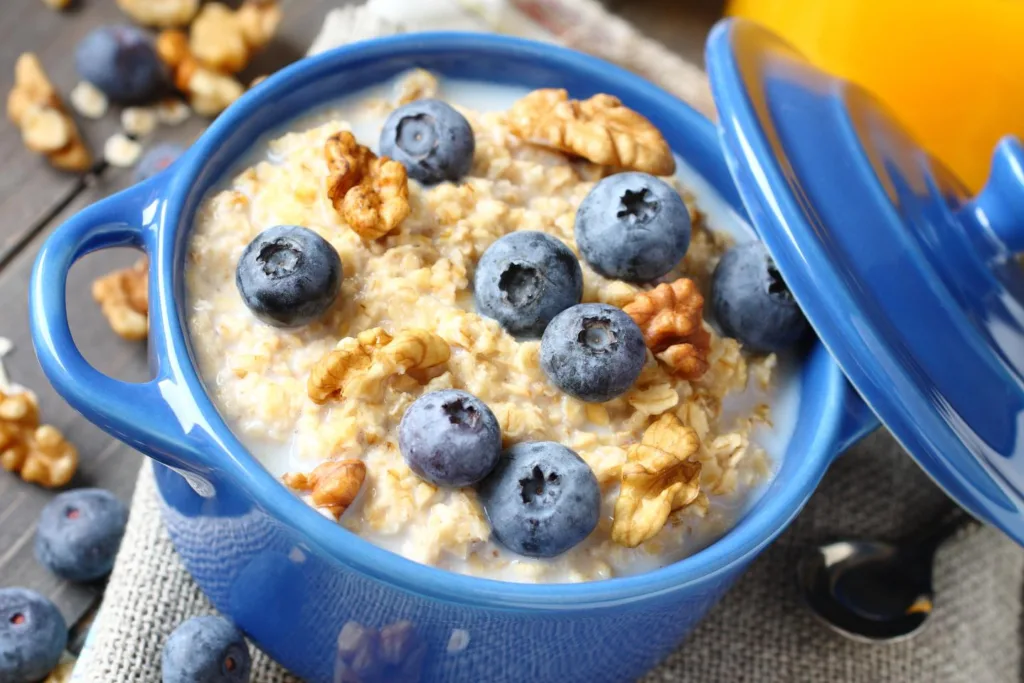
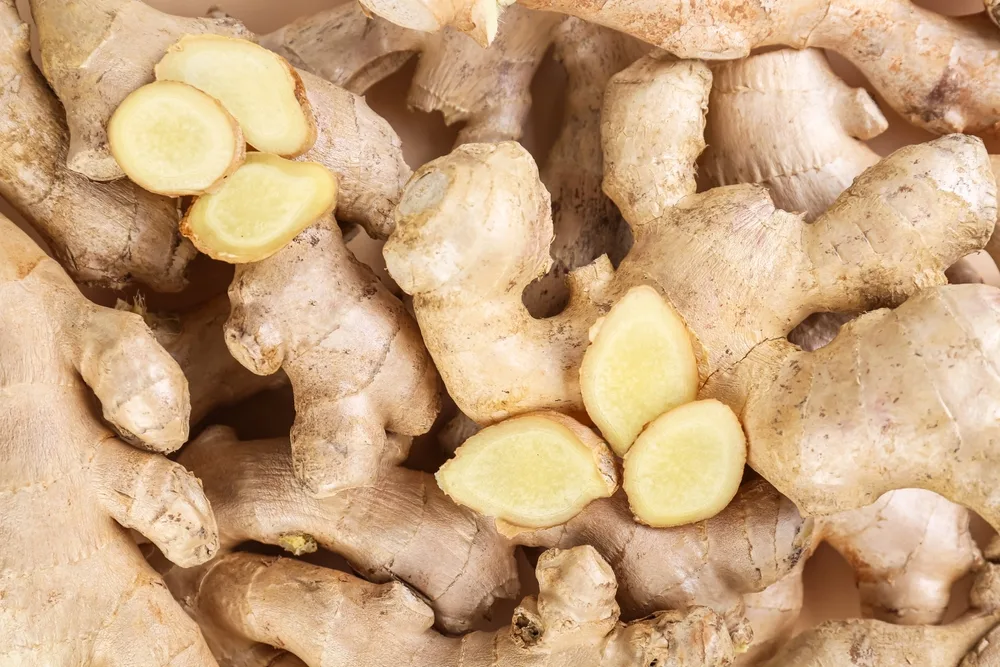



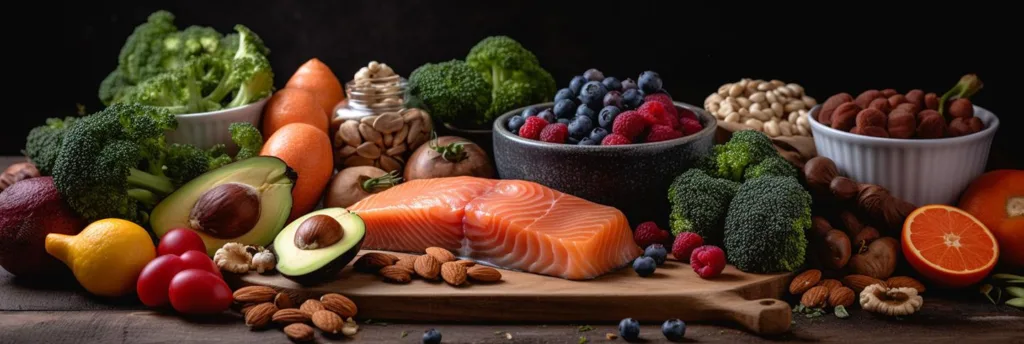
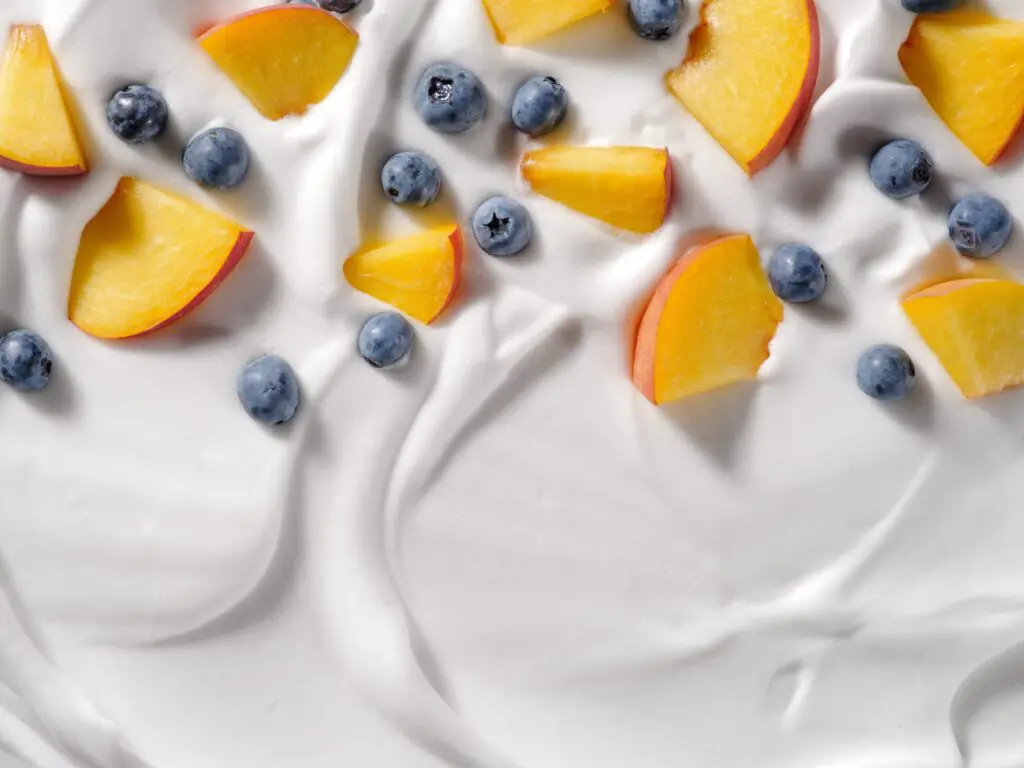


Comments
0